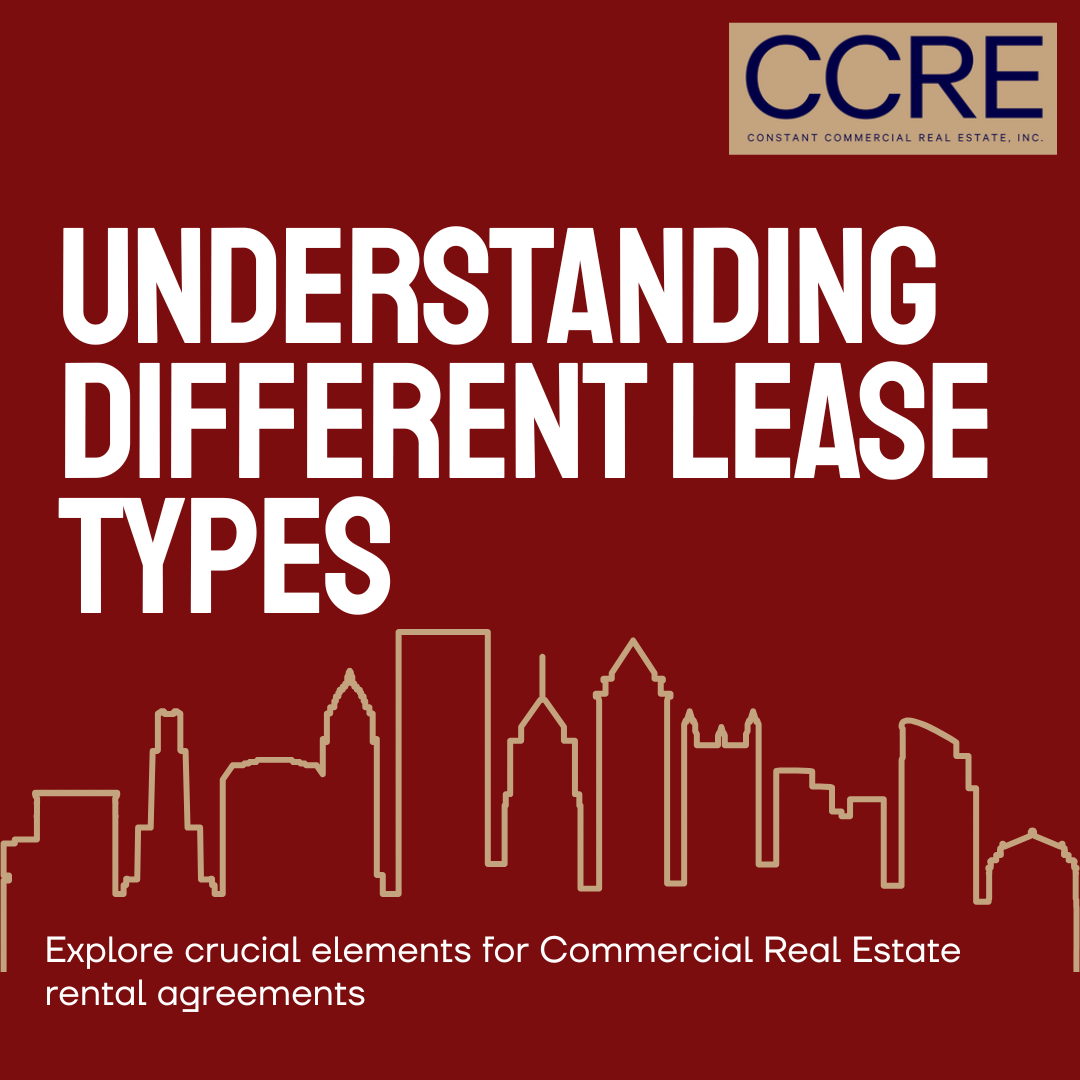July 5, 2025
The "One Big Beautiful Bill Act" (OBBBA), signed into law by President Trump on July 4, 2025, has several significant implications for real estate investors. Here's a breakdown of the key impacts:
The legislative landscape is constantly shifting, and for Oregon real estate (CRE) investors, staying abreast of new policies is not just good practice—it’s essential for strategic planning and maximizing returns. The recently enacted “One Big Beautiful Bill Act” (OBBBA) introduces a series of significant tax code changes and programmatic revisions that have direct and profound implications for the national and Oregon states real estate market. This comprehensive guide will delve into the key provisions of the OBBBA, dissecting their impact on various facets of real estate investment and offering actionable insights for navigating this new environment.
Understanding the OBBBA: A New Era for Real Estate Taxation
The OBBBA, signed into law on July 4, 2025, is a Republican-backed budget reconciliation law designed to stimulate economic growth through tax reforms and spending adjustments. While its broader implications for the national debt and social safety nets have been widely debated, its specific provisions related to real estate ownership and operations are what truly matter for CRE professionals. The bill aims to alter the tax code to make CRE investments more attractive, providing both opportunities and challenges that demand careful consideration.
At its core, the OBBBA reinstates and makes permanent several favorable tax treatments that had either expired or were set to phase out. These include:
- Restoration of 100% Bonus Depreciation: This is arguably one of the most impactful provisions for CRE investors. It allows businesses to deduct 100% of eligible capital investments in the year incurred, applicable to qualified property acquired after January 19, 2025.
- Permanent 20% Qualified Business Income (QBI) Deduction (Section 199A): This deduction for pass-through entities, common in the real estate industry, is made permanent with an expanded phase-in range, potentially lowering effective tax rates for many real estate businesses.
- Increased Section 179 Expensing Limits: The cap for Section 179 expensing has been raised to $2.5 million, with a phase-out threshold of $4 million, allowing businesses to immediately expense the full cost of qualifying equipment and property.
- Permanent Opportunity Zones (OZs): Originally set to sunset in 2026, the OZ program is now a permanent feature of the tax code, with revised criteria for census tract eligibility and expanded authority for state-level designations.
- Expansion of the Low-Income Housing Tax Credit (LIHTC): The bill permanently increases the allocation of the 9% LIHTC and reduces the required share of development costs financed with tax-exempt bonds to qualify for 4% LIHTCs from 50% to 25%.
- Preservation of Section 1031 Like-Kind Exchanges: This critical provision, allowing investors to defer capital gains when selling and reinvesting in new properties, remains unchanged.
- Business Interest Deduction: The bill restores a more favorable calculation of the business interest deduction limit (EBITDA-type calculation) for tax years beginning in 2025, increasing the amount of business interest expenses taxpayers can deduct.
- Increased State and Local Tax (SALT) Deduction Cap: The cap on the SALT deduction is raised to $40,000, which could provide significant relief for property owners in high-tax states.
- Higher Estate and Gift Tax Exemption: Starting in 2026, the lifetime estate and gift tax exemption is raised to $15 million per person, adjusted for inflation, benefiting high-net-worth individuals with extensive real estate holdings.
These provisions collectively create a new framework that demands a fresh look at investment strategies, financial planning, and operational efficiencies within the commercial real estate sector.
1. The Resurgence of 100% Bonus Depreciation: A Cash Flow Catalyst
The permanent restoration of 100% bonus depreciation is a game-changer for many CRE investors. This provision allows for the immediate deduction of the entire cost of qualifying property components in the year they are placed in service, rather than depreciating them over decades.
How it Works: To fully leverage this, investors should strongly consider conducting cost segregation studies. These specialized studies break down a commercial property into its individual components, reclassifying certain elements (e.g., carpeting, appliances, decorative lighting, specialized plumbing, land improvements like parking lots and landscaping) from long-lived real property (39 years) to shorter-lived personal property (5, 7, or 15 years). By doing so, a significant portion of a property's cost can become eligible for 100% bonus depreciation in the first year.
Impact for Investors:
- Immediate Tax Savings: This can lead to substantial tax savings in the acquisition or renovation year, significantly improving cash flow.
- Enhanced Investment Returns: The accelerated tax savings can be reinvested, potentially boosting overall returns on investment.
- Offsetting Other Income: For those who qualify as real estate professionals, these deductions can offset not only rental income but also other active income sources, providing a powerful tax planning tool.
- Stimulus for Renovation and Development: The ability to immediately deduct renovation and improvement costs incentivizes property upgrades and new development, particularly for qualified improvement property (QIP) within non-residential buildings.
Important Note: While incredibly beneficial, it’s crucial to remember that bonus depreciation generally applies to personal property and qualified improvement property, not the entire building structure itself. Also, upon sale of the property, previously claimed depreciation may be subject to recapture, leading to potential tax liabilities if not deferred.
2. Opportunity Zones Made Permanent: Long-Term Certainty for Impact Investing
The permanence of the Opportunity Zone (OZ) program offers long-term certainty for investors looking to defer capital gains and invest in economically distressed communities. This stability is critical for strategic, long-hold investments.
Key Enhancements:
- Revised Eligibility Criteria: The OBBBA includes revised criteria for identifying eligible low-income communities for future designations, potentially altering the geography of future OZ investments.
- Emphasis on Rural and Tribal Areas: The bill introduces bonuses for OZ investments in rural and tribal areas, including a 30% capital gains exclusion for investments held at least five years in Qualified Opportunity Funds (QOFs) heavily invested in these zones. This could drive significant capital into previously underserved markets.
- Lowered Substantial Improvement Threshold: For existing properties in rural and tribal OZs, the substantial improvement threshold is lowered, making it easier to qualify for OZ benefits.
- Ordinary Income Eligibility: The bill expands eligibility to include ordinary income (up to $10,000 annually) for tax deferral, potentially opening the program to a broader range of smaller investors.
- Increased Transparency: New reporting requirements for QOFs aim to provide more transparency and data, which can help investors assess the program's effectiveness and impact.
Impact for CRE Investors:
- Long-Term Capital Gains Deferral: Investors can continue to defer capital gains by reinvesting them into QOFs, with the potential for partial exclusion of the deferred gain and full exclusion of post-investment appreciation if held for at least 10 years.
- Focus on Specific CRE Sectors: OZs are particularly well-suited for ground-up development or significant rehabilitation projects in sectors like multifamily, mixed-use, industrial, and even certain retail properties within designated zones.
- Social Impact Investing: The permanence of OZs reinforces their role as a tool for both financial return and community development, appealing to investors with a social impact focus.
3. Low-Income Housing Tax Credit (LIHTC) Expansion: A Boost for Affordable Housing Developers
The OBBBA’s enhancements to the LIHTC program are a significant win for affordable housing developers. LIHTC is the largest federal program for encouraging private equity investment in affordable rental housing.
Key Changes:
- Increased 9% LIHTC Allocations: The bill permanently increases the allocation of the highly sought-after 9% LIHTC by 12.5%. This means more tax credits will be available to finance affordable housing projects.
- Reduced 4% LIHTC Bond Financing Threshold: The required share of development costs financed with tax-exempt bonds to qualify for 4% LIHTCs is reduced from 50% to 25%. This makes it easier for affordable housing developers to access these credits, potentially enabling more projects to reach feasibility.
Impact for Developers:
- Increased Project Feasibility: The changes make it easier and more financially viable to develop affordable housing, addressing a critical national need.
- Stable Investment Stream: LIHTC projects often come with long-term commitments and a stable tenant base, offering a predictable return for investors.
- Attracting Capital: The enhanced credits make LIHTC projects more attractive to institutional and private investors seeking tax advantages and socially responsible investments.
4. Section 179 Expensing: A Tool for Business-Owned CRE
The increased Section 179 expensing limits (to $2.5 million with a $4 million phase-out threshold) allow businesses to immediately deduct the full cost of qualifying equipment and certain other assets.
Impact for CRE Owners/Occupiers:
- Tenant Improvements: While Section 179 generally applies to tangible personal property, it can be utilized for certain qualified real property improvements, particularly for businesses that own and occupy their commercial space and make eligible upgrades.
- Equipment Purchases: For businesses operating within commercial properties, this provision can significantly reduce the tax burden associated with purchasing new machinery, office equipment, or other qualifying assets.
Important Distinction: It's crucial to differentiate Section 179 from bonus depreciation. While both offer accelerated deductions, Section 179 has annual dollar limits and phase-outs, and it generally does not apply to residential rental properties.
5. Preservation of Section 1031 Like-Kind Exchanges: Maintaining a Core CRE Strategy
The OBBBA maintains the ability to roll over gains on property sales into Qualified Opportunity Zones and other structures, and crucially, preserves Section 1031 like-kind exchanges without changes.
Impact for Investors:
- Capital Gains Deferral: This allows investors to continue deferring capital gains taxes when they sell one investment property and reinvest the proceeds into a "like-kind" property, which is fundamental to many wealth-building strategies in CRE.
- Portfolio Scaling: The preservation of 1031 exchanges enables investors to scale their portfolios and reallocate capital strategically without immediate tax implications.
- Liquidity and Market Activity: This provision supports liquidity in the market by encouraging reinvestment rather than simply cashing out.
6. Business Interest Deduction and SALT Cap Increase: Broader Tax Relief
The OBBBA’s adjustments to the business interest deduction calculation (restoring the EBITDA-based limit) and the increased SALT deduction cap provide broader tax relief that can indirectly benefit CRE investors.
Impact for Investors:
- Lower Cost of Capital: A more favorable business interest deduction can reduce the effective cost of borrowing for real estate businesses, especially in a higher interest rate environment.
- Increased Disposable Income: The higher SALT cap can lead to increased disposable income for high-income homeowners and property owners, potentially stimulating demand in certain housing markets and, by extension, commercial sectors that serve those residents.
Navigating the New Landscape: Actionable Advice for CRE Investors
The OBBBA presents a complex mix of incentives and potential challenges. Here’s how commercial real estate investors can strategically navigate this new environment:
- Re-evaluate Your Depreciation Strategy: With 100% bonus depreciation permanently restored, if you haven't already, now is the time to engage a qualified cost segregation specialist. This can unlock significant tax savings on recent and future property acquisitions and renovations.
- Explore Opportunity Zone Investments: Given the permanence and expanded benefits for rural and tribal areas, reassess your investment criteria to include potential OZ opportunities. Research designated zones and consider projects that align with the program's long-term vision. Be mindful of the new reporting requirements.
- Consider Affordable Housing Development: For developers, the enhanced LIHTC program offers a compelling incentive to enter or expand into the affordable housing sector. The increased allocations and reduced bond financing threshold make these projects more financially attractive.
- Optimize Financing Structures: While the OBBBA provides some relief on business interest deductions, the broader macroeconomic environment still points to upward pressure on interest rates. Focus on properties with strong, predictable cash flows that can absorb higher financing costs. Explore fixed-rate options or hybrid structures to mitigate interest rate risk.
- Prioritize Value-Add Strategies: In a market with potentially higher costs of capital and a widening bid-ask spread, value-add strategies become even more critical. Look for opportunities to acquire underperforming assets and create value through strategic renovations, repositioning, or operational efficiencies.
- Diversify Your Portfolio: Consider diversifying across different CRE asset classes and geographies. While some sectors might benefit more directly from certain OBBBA provisions (e.g., industrial from bonus depreciation for equipment), others might face headwinds. A diversified portfolio can help mitigate risk.
- Focus on Tenant Demand Drivers: The OBBBA is expected to provide a general boost in GDP and job growth, which should translate to increased tenant demand across various CRE sectors. Focus on properties in markets and submarkets with strong demographic trends and economic fundamentals.
- Conduct Thorough Due Diligence: As always, comprehensive due diligence is paramount. Understand the specific tax implications of each investment, factoring in both federal and state tax rules, as some states may not conform to all federal changes.
- Seek Expert Guidance: The OBBBA is complex, with numerous nuances that can significantly impact your investment outcomes. It is absolutely essential to consult with experienced tax advisors, CPAs, and real estate attorneys. They can provide tailored advice, ensure compliance, and help you maximize the benefits while minimizing potential risks. Do not rely solely on generalized information.
Macroeconomic Outlook and Potential Challenges
While the OBBBA offers significant tax wins for CRE, it’s crucial to consider the broader macroeconomic context. The bill is projected to add several trillion dollars to the national debt over the next decade. This deficit expansion, while potentially boosting GDP in the short term, also puts upward pressure on interest rates. The government's need to issue more debt to finance the deficit, combined with the Federal Reserve's efforts to stabilize inflation, could lead to a continued drift upwards in the long end of the yield curve.
Regional and Income Disparities: The bill's impact is unlikely to be uniform across all regions and income groups. While higher-income buyers and real estate investors may benefit significantly from certain tax provisions, lower-income renters and first-time homebuyers might not see immediate relief, especially in high-cost cities where affordability challenges persist.
Energy Policy Shifts: The OBBBA also includes provisions that largely terminate numerous tax incentives from the 2022 Inflation Reduction Act for clean energy, electric vehicles, and energy efficiency programs. This could impact the underwriting complexity for certain green or energy-efficient commercial buildings, as some previous deductions (like Section 179D for energy-efficient commercial buildings) are set to terminate.
Conclusion: A Strategic Imperative
The "One Big Beautiful Bill Act" marks a pivotal moment for commercial real estate. Its permanent tax code changes, particularly the restoration of 100% bonus depreciation and the permanence of Opportunity Zones, offer powerful incentives for investment and development. However, these benefits must be weighed against the potential for higher interest rates and evolving market dynamics.
For commercial real estate investors, the imperative is clear: understand the nuances of the OBBBA, strategically leverage its benefits through meticulous tax planning and cost segregation, and adapt your investment strategies to the evolving macroeconomic landscape. By staying informed, seeking expert counsel, and focusing on sound fundamentals, you can position your portfolio for continued success in this new era of commercial real estate.
Disclaimer: This article is intended for informational purposes only and does not constitute tax, legal, or investment advice. Commercial real estate investment involves risks, and individual circumstances vary. Always consult with qualified tax advisors, legal professionals, and financial experts to discuss your specific situation and make informed decisions.



